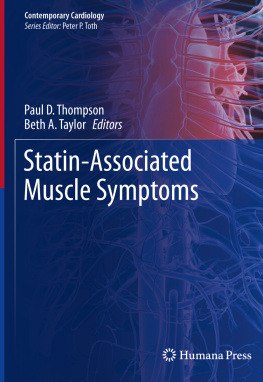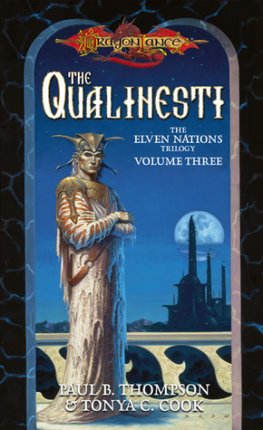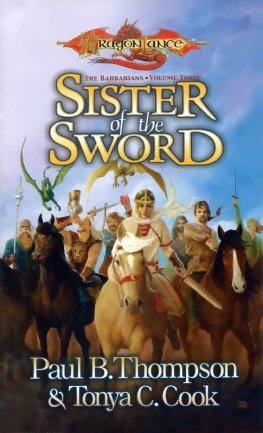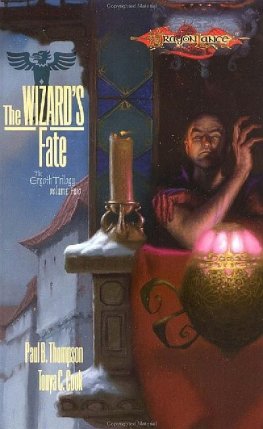Paul D. Thompson - Statin-Associated Muscle Symptoms
Here you can read online Paul D. Thompson - Statin-Associated Muscle Symptoms full text of the book (entire story) in english for free. Download pdf and epub, get meaning, cover and reviews about this ebook. year: 2020, publisher: Springer International Publishing, genre: Romance novel. Description of the work, (preface) as well as reviews are available. Best literature library LitArk.com created for fans of good reading and offers a wide selection of genres:
Romance novel
Science fiction
Adventure
Detective
Science
History
Home and family
Prose
Art
Politics
Computer
Non-fiction
Religion
Business
Children
Humor
Choose a favorite category and find really read worthwhile books. Enjoy immersion in the world of imagination, feel the emotions of the characters or learn something new for yourself, make an fascinating discovery.
- Book:Statin-Associated Muscle Symptoms
- Author:
- Publisher:Springer International Publishing
- Genre:
- Year:2020
- Rating:4 / 5
- Favourites:Add to favourites
- Your mark:
- 80
- 1
- 2
- 3
- 4
- 5
Statin-Associated Muscle Symptoms: summary, description and annotation
We offer to read an annotation, description, summary or preface (depends on what the author of the book "Statin-Associated Muscle Symptoms" wrote himself). If you haven't found the necessary information about the book — write in the comments, we will try to find it.
Statin-Associated Muscle Symptoms — read online for free the complete book (whole text) full work
Below is the text of the book, divided by pages. System saving the place of the last page read, allows you to conveniently read the book "Statin-Associated Muscle Symptoms" online for free, without having to search again every time where you left off. Put a bookmark, and you can go to the page where you finished reading at any time.
Font size:
Interval:
Bookmark:

For more than a decade, cardiologists have relied on the Contemporary Cardiology series to provide them with forefront medical references on all aspects of cardiology. Each title is carefully crafted by world-renown cardiologists who comprehensively cover the most important topics in this rapidly advancing field. With more than 75 titles in print covering everything from diabetes and cardiovascular disease to the management of acute coronary syndromes, the Contemporary Cardiology series has become the leading reference source for the practice of cardiac care.
More information about this series at http://www.springer.com/series/7677

This Springer imprint is published by the registered company Springer Nature Switzerland AG
The registered company address is: Gewerbestrasse 11, 6330 Cham, Switzerland
Lovastatin was approved by the FDA in July 1987, over 30 years ago. Since then, multiple clinical outcome trials have so consistently demonstrated their ability to reduce cardiovascular disease (CVD) events that the question with statins is often not who should be treated but who should not receive these life-saving drugs. Some authorities have recommended that statins be added to the water supply.
Statins benefit most patients, but they cause side effects that limit effectiveness in some individuals. The most frequently reported side effect is statin-associated muscle symptoms (SAMS), a loosely defined set of symptoms that includes muscle pain, cramping, aching, and stiffness that are attributed to the statin. These are labeled statin-associated because there is ongoing debate as to whether or not statins actually cause these symptoms. Part of the debate is due to the fact that the mechanism or mechanisms for SAMS are unknown but could involve altered calcium flux, oxidative stress, mitochondrial function, cell membrane integrity, and apoptotic signaling, since all are implicated in the etiology of SAMS.
We have had a long and interesting journey in studying how statins affect skeletal muscle. Paul distinctly remembers hearing a lecture on lovastatin in the late 1980s which mentioned that lovastatin could increase blood creatine kinase (CK) levels. Paul noted that comment because he had an interest in exercise-related rhabdomyolysis since medical school. At about the same time, Paul was involved in an industry-sponsored trial comparing the effects of lovastatin and fluvastatin on lipid levels. Several of the subjects had demonstrated an increase CK levels soon after exercise. One subject had a CK of 21,400 U/L, 5 days after a weight-lifting session. Paul subsequently embarked on a double-blind, placebo-controlled study which demonstrated that lovastatin-treated subjects experience a 40% higher increase in CK the day after 45 minutes of downhill walking.
Beth, an exercise physiologist, joined Paul in Hartford 10 years ago, and we have continued studies on how statins affect skeletal muscle. These studies have combined our personal interests in exercise and human performance with our interest in lipid metabolism. The mix is even more complex, however, because Pauls interest in lipid metabolism came from his attempts to explain how exercise increases HDL since muscle neither secretes nor directly catabolizes lipoproteins. Many others have been involved in these statin studies. Evan Stein, MD, is a well-known statin researcher who delivered the lecture that mentioned CK levels. Peter Herbert, MD, was an internationally known lipid expert and Pauls mentor at Brown. Eileen Cullinane, DVM; Linda Bausserman, PhD; and Stan Sady, MD, PhD, were Pauls collaborators at Brown. John Guyton, MD, at Duke obtained the funding for the lovastatin downhill walking study. John was approached by a pharmaceutical company to perform studies and included Paul. Joe Zmuda, PhD, and Richard Zimet, PhD, helped perform that study. Neil Moyna, PhD; Amanda Zaleski, PhD; Gregory Panza, MS; and C. Michael White, PharmD, have been invaluable collaborators at Hartford Hospital.
But, why this book? It has been our experience that patients report SAMS, clinicians treat SAMS, and researchers study SAMS, but often in very disparate settings. We know of no comprehensive textbook that combines the three worlds of patient experience, clinician insight, and investigator knowledge. Indeed, one of our conclusions after reading and editing each chapter was that the study of SAMS requires a collaborative, multidisciplinary approach that has been lacking. The lack of such cohesive clinical and scientific collaborations may contribute to the continuing uncertainty surrounding SAMS, despite it being the most frequently reported side effect of one of the most commonly prescribed classes of drugs.
To create this book, we compiled a list of all the unsolved problems surrounding SAMS. We identified the experts in the field who could best present these topics in a way that might elicit new ideas and solutions. To our surprise, almost every author we asked agreed to contribute. We are ever grateful to them for showcasing their collective expertise within these pages.
Several facts are undeniable: CVD is still the leading cause of death in the United States and the world, and statins are an incredibly powerful drug for reducing CV risk. To improve statin use and effectiveness, SAMS need to be better studied, defined, and treated, and this textbook represents what we believe to be a step in that direction.
Font size:
Interval:
Bookmark:
Similar books «Statin-Associated Muscle Symptoms»
Look at similar books to Statin-Associated Muscle Symptoms. We have selected literature similar in name and meaning in the hope of providing readers with more options to find new, interesting, not yet read works.
Discussion, reviews of the book Statin-Associated Muscle Symptoms and just readers' own opinions. Leave your comments, write what you think about the work, its meaning or the main characters. Specify what exactly you liked and what you didn't like, and why you think so.










